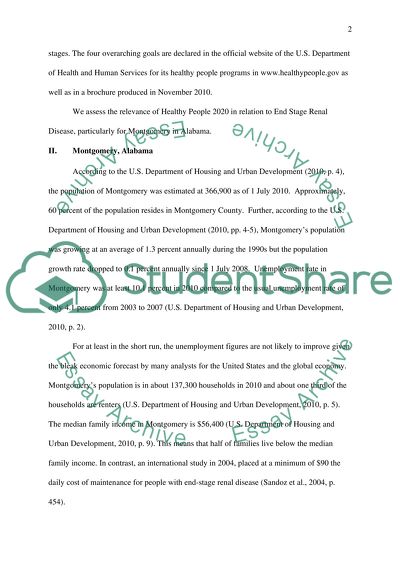Cite this document
(“Healthy People 2020 Research Paper Example | Topics and Well Written Essays - 1250 words - 1”, n.d.)
Retrieved from https://studentshare.org/nursing/1584070-healthy-people-2020
Retrieved from https://studentshare.org/nursing/1584070-healthy-people-2020
(Healthy People 2020 Research Paper Example | Topics and Well Written Essays - 1250 Words - 1)
https://studentshare.org/nursing/1584070-healthy-people-2020.
https://studentshare.org/nursing/1584070-healthy-people-2020.
“Healthy People 2020 Research Paper Example | Topics and Well Written Essays - 1250 Words - 1”, n.d. https://studentshare.org/nursing/1584070-healthy-people-2020.


